Hanoi Thang Long Citadel background
Up until 2009, Hanoi’s historic citadel, also known as Thang Long Citadel (Dragon Citadel), was part of an operating military base and was off limits to visitors. Preparations for Hanoi’s 1000 year anniversary in 2010 saw the most historically important areas opened to the public.
Hanoi Citadel was listed as a UNESCO World Heritage site in 2010 on account of its role as a centre of military power over 13 centuries.
In 1010AD, when the capital of the Dai Viet kingdom was relocated from Hoa Lu to Hanoi by revered Vietnamese King, Ly Thai To, work commenced on what was known as the Thang Long Citadel. Over the following 1000 years, numerous dynasties, French colonials, and Vietnam’s communist rulers all used the area as their military headquarters.
Recent years have seen big improvements in the quality of the displays and information provided to visitors to the citadel. It still has shortcomings - the security guards at the entrance and a two and a half hour lunch break among them - but this may be the best presented historical site in Vietnam. With connections to Vietnam’s ancient dynastic past, French colonisation and the American War, the citadel has an enormous amount of historical material to work with.
And wandering the serene grounds is a delight as well.
They’d do well to raise the admission fee for foreigners, (at present a paltry 30,000VND or less than $1.50), hire some extra staff, and iron out some of the remaining glitches.
War historians will be intrigued by the newest structure in the precinct - a small 1960s reinforced concrete building from which North Vietnam’s military brass, including celebrated general, Vo Nguyen Giap, planned their successful campaigns for the unification of Vietnam against the US backed, South Vietnamese government. If Uncle Ho’s nearby House on Stilts juxtaposes nicely with the White House, military office D67 is Vietnam’s Pentagon.
The meeting rooms have been preserved as have the offices of General Giap and General Nguyen Tan Dung. It seems unlikely that the furnishings are original but the old communications equipment looks about right. The bunkers used by officials during frequent American bombing of Hanoi are also open for viewing.
Older structures in the complex include original imperial gates and 15th century stone dragons that decorate the steps to what was once the central building, the Kinh Thien Palace.
The French demolished the palace and replaced it with the building that remains, known as the Dragon House.
In 2003, excavations for the foundations of a new National Assembly building nearby, uncovered a treasure trove of citadel remains including foundations of ancient palaces and thousands of artefacts.
An operating archeological dig remains and is open to visitors across the road from the citadel at 18 Hoang Dieu St.
Outside this recently opened complex are two other important citadel structures that have been accessible throughout; the 1812 Cot Co Flag Tower, located in the grounds of the Military History Museum, and the the Bac Mon gate on Phan Dinh Phung St, still bearing the scars of the French conquest of the citadel in 1882.
Travel tips
For history buffs, there’s plenty to see here and it’s also a pleasant spot for a break with plenty of relatively peaceful open space. The entrance is not marked well. It’s just around the corner from the Cot Co Flag Tower on Hoang Dieu St. General Giap’s former residence is across the road as well. The surfaces here are incredibly slippery so take special care in moist conditions.

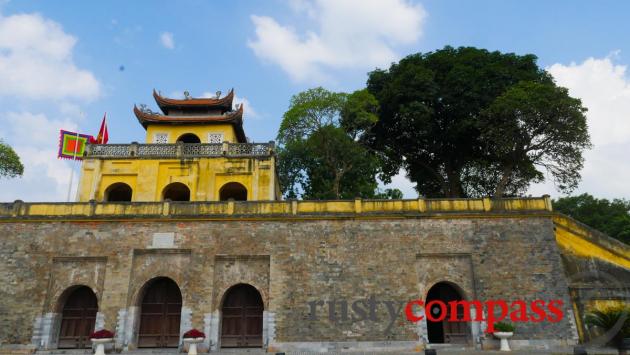
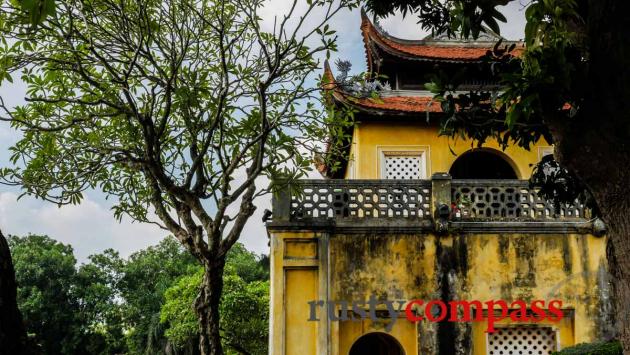
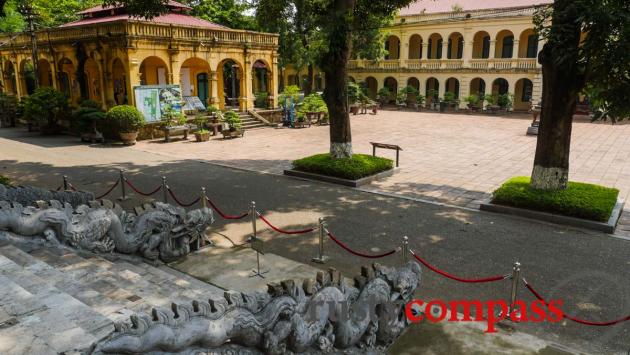
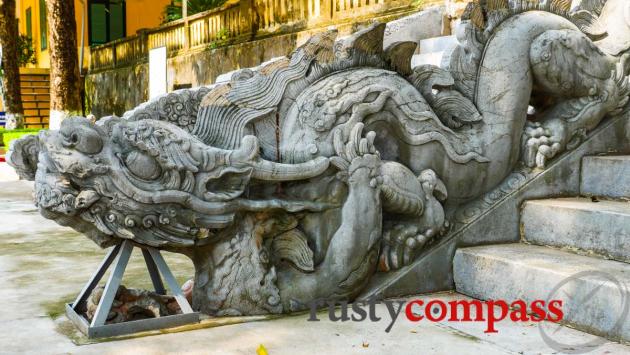
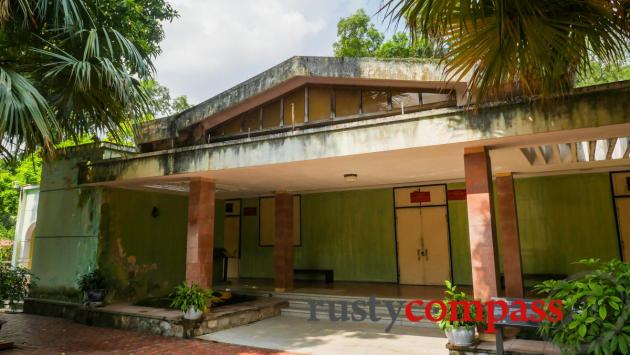
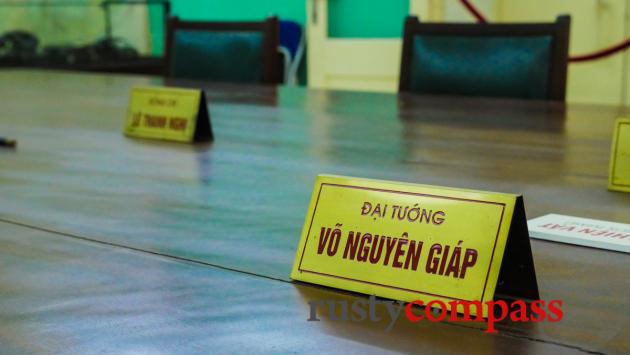
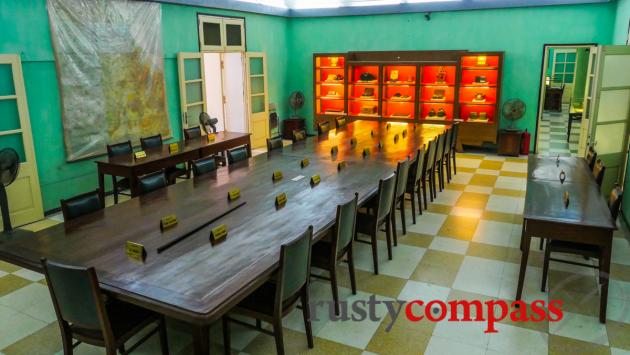
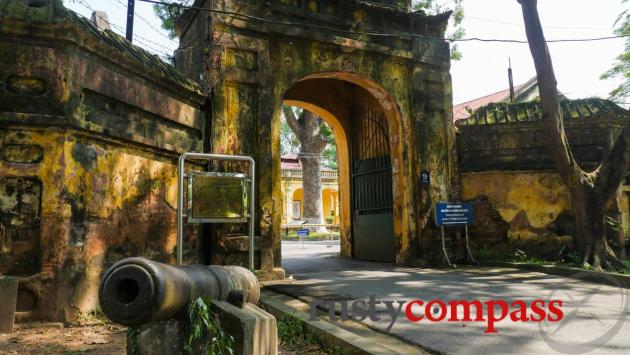
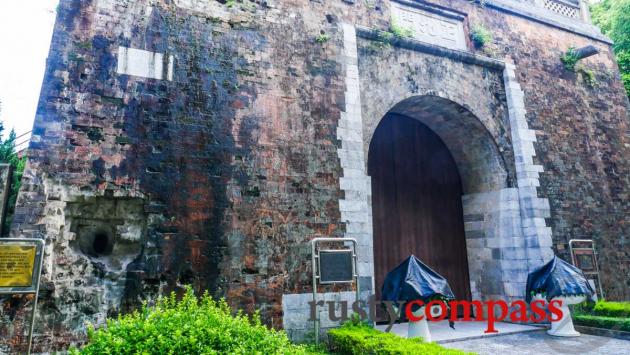
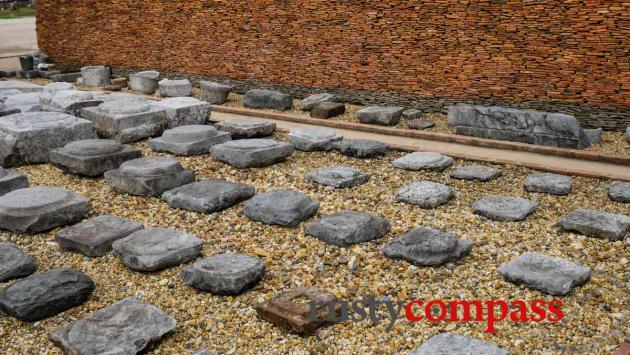
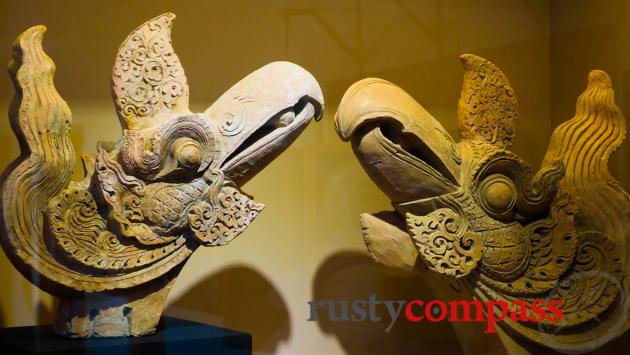
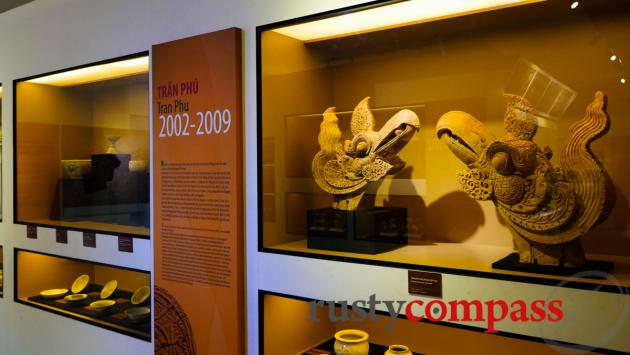
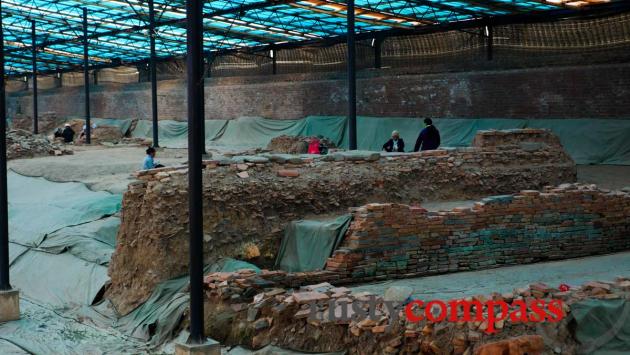
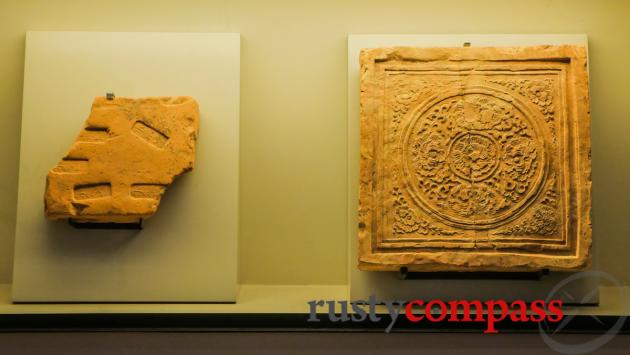







There are no comments yet.